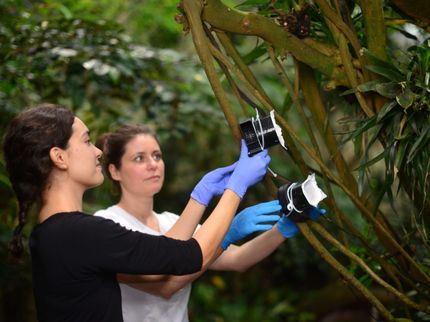Species identification made easy
Fast, cost-effective and without complex laboratory technology
Advertisement
A biogeography research team has developed a new method for studying biodiversity directly on site. The method has already been successfully tested.
A research team at Trier University led by Prof. Dr. Henrik Krehenwinkel has developed a new method that can be used to identify species in rivers, lakes or other habitats directly on site - quickly, cost-effectively and without the need for complex laboratory technology. The method has already been successfully tested in an initial practical trial in the Ruwer, a river near Trier.
The background to this development is the global decline in biodiversity. In order to better counteract this, methods are needed that allow changes in nature to be recorded quickly and reliably - right where they happen: in the field. Until now, such analyses have generally been time-consuming, expensive and require animals to be caught or sometimes even killed.
Laboratory-quality results
With their new method, the Trier researchers show that this can also be done more easily. In their recently published study, the results of the new approach match those of conventional methods very well.
The method does not require the usual complicated laboratory steps. Instead, the scientists rely on portable devices and a newly developed test protocol.
"We take water from a river, filter it in the pump we have developed and extract environmental DNA from the filter," says Amadeus Plewnia, who played a leading role in the development, explaining the procedure. "We then amplify the DNA with other devices that we have converted for mobile field use and analyze it with a modern sequencer - hardly bigger than a smartphone."
This makes it possible, for example, to identify fish species in a body of water without having to catch or injure animals.
Trier University is thus making an important contribution to nature and species conservation and demonstrating how modern technology can help us to better understand and protect our environment.
Note: This article has been translated using a computer system without human intervention. LUMITOS offers these automatic translations to present a wider range of current news. Since this article has been translated with automatic translation, it is possible that it contains errors in vocabulary, syntax or grammar. The original article in German can be found here.


















































